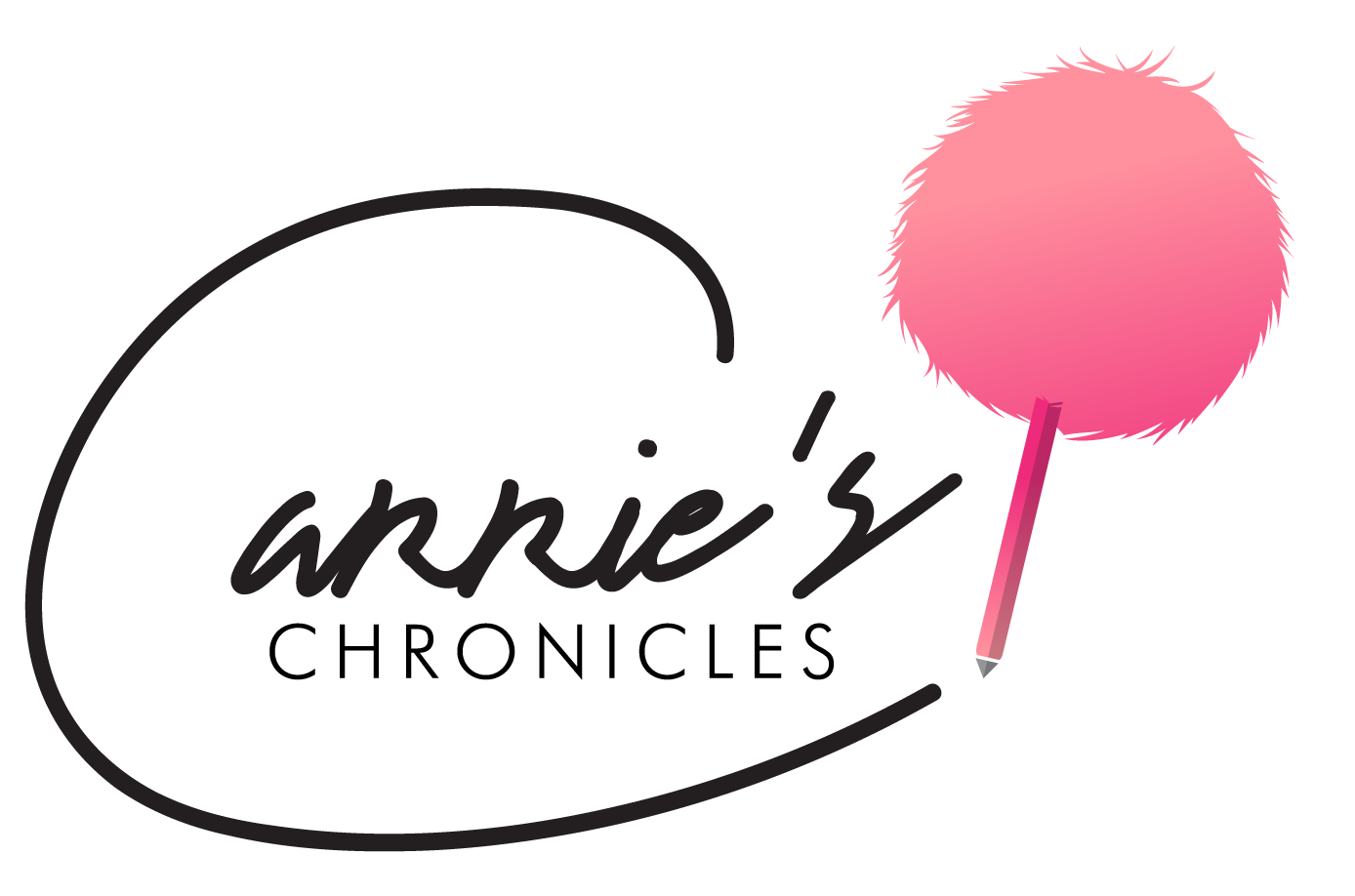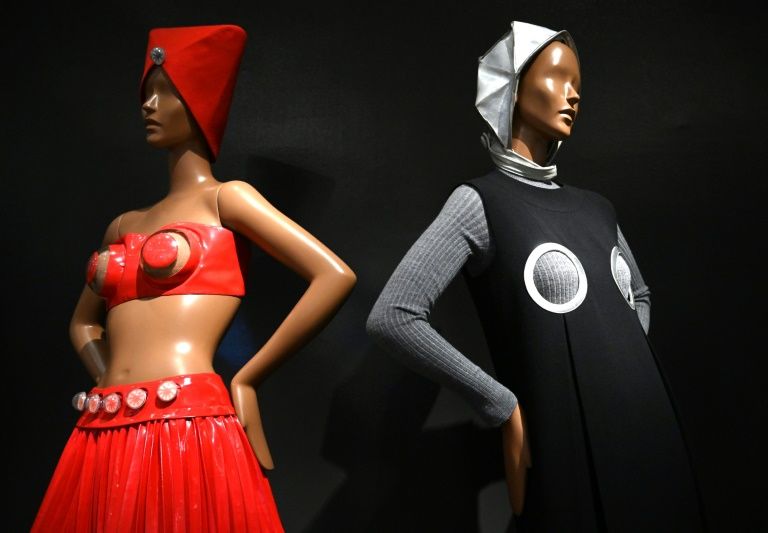Pierre Cardin’s Cutting Edge Couture: Where Fashion Meets the Future
Futuristic fashion was ironically prevalent in the past—and the industry has French fashion designer Pierre Cardin to thank for that. The 97-year-old has been producing groundbreaking garments since age 14, often drawing inspiration from complex geometry and galactic references. Cardin—known for designing suits for The Beatles in the 1960s—created a variety of gender-bending garments as well; he often avoided the female form in an attempt to create unisex pieces. His ensembles are sculptural, often kinetic, and always experimental. His ability to consistently achieve the element of surprise is what has made him a household name, one worthy of his own exhibition at the Brooklyn Museum. Pierre Cardin: Future Fashion features over 170 objects derived from his workshop and archive, such as signature accessories, sketches, photographs, and—of course—the couture garments themselves.
One of the standout ensembles of Cardin’s on display is his 1988 matching black leather dress and hat, which present a glance inside the historical and societal influences of the late 20th Century designer. This particular work is quite theatrical, understandable considering his company created stage costumes for European masquerade balls in the 1950s. Indeed, his mother had been an assistant to an opera singer, so it seems natural that his garments evoke a sense of the theater. In addition, the garment’s skirt is relatively short, a response to a growing individualized sense of style that people embraced during the decade--the bottom no longer had to hang below the knee. Cardin’s wit and skill are also reflected through his dunce-cap like headpiece, which appears not only acceptable but chic. The hat shapes a specific part of the wearer’s face, creating a sense of character and giving off an avant-garde aura. The circular shape of the belt echoes Palais Bulles, Cardin’s home in the South of France—acquired in 1992—that featured a variety of round rooms. In fact, the circle motif appeared often throughout Cardin’s designs, whether on belts, hats or as the shape of the garment itself.
Another preeminent piece of Cardin’s in the exhibition is his 1993 “Butterfly” cocktail dress, paired with a superhero-esque mask produced in 1990. The frock—made out of lurex and rhinestones—has a high hemline similar to the aforementioned garment, another nod to how women were often averse to more conservative styles. The circle motif also reappears as the center point of the dress’ sculptured butterfly wings. These bold shoulders are signature of the designer’s style, serving as an extension of the 1940s shoulder-padded jackets that influenced his aesthetic. The starry ensemble is reminiscent of Cardin’s Space Age collections from the late 1960s, based on the Apollo 11 moon landing in 1969 as well as his visit to NASA the same year. The glistening effect of Cardin’s unexpected fabric choice emphasizes his galactic influence, and it also reflects his vision to create designs that would catch the light on camera. The mask—an accessory Cardin often designed for films such as Jean Cocteau and Christian Berard’s La Belle et la Bête—resembles Batman’s veil, coincidental considering the iconic character was first introduced just six years before the movie was made.
Situated in the middle of Brooklyn, Pierre Cardin: Future Fashion nevertheless transports visitors into a futuristic universe where they can dare to dream. The exhibition ultimately exudes the essence of Cardin’s aesthetic that has withstood the test of time: bold, pensive, and forward-looking.
Pierre Cardin: Future Fashion is on display at the Brooklyn Museum at the Morris A. and Meyer Schapiro Wing and Iris and B. Gerald Cantor Gallery, 5th Floor, until January 5, 2020.






